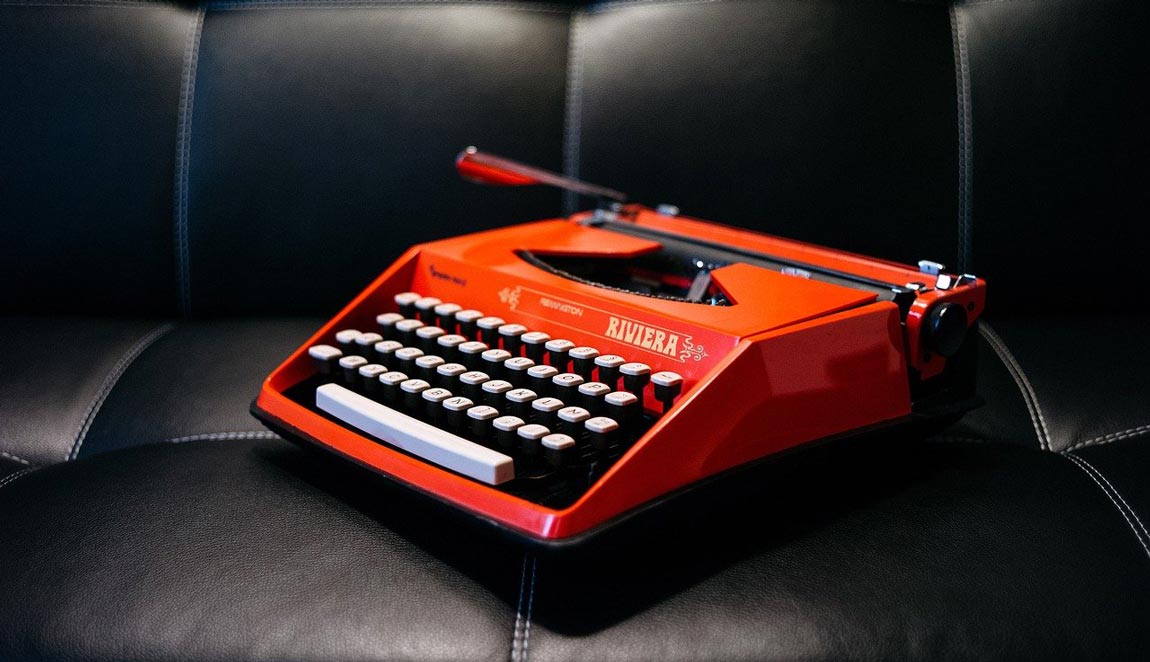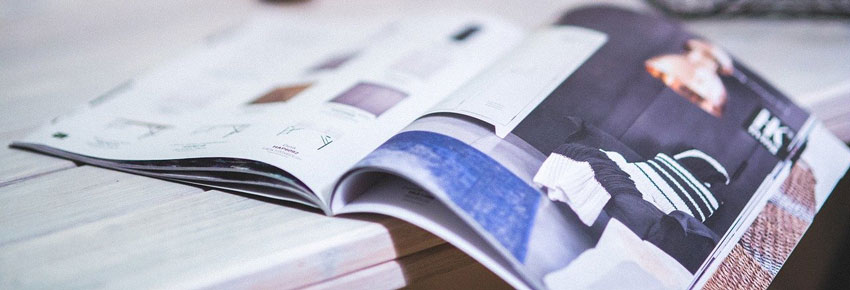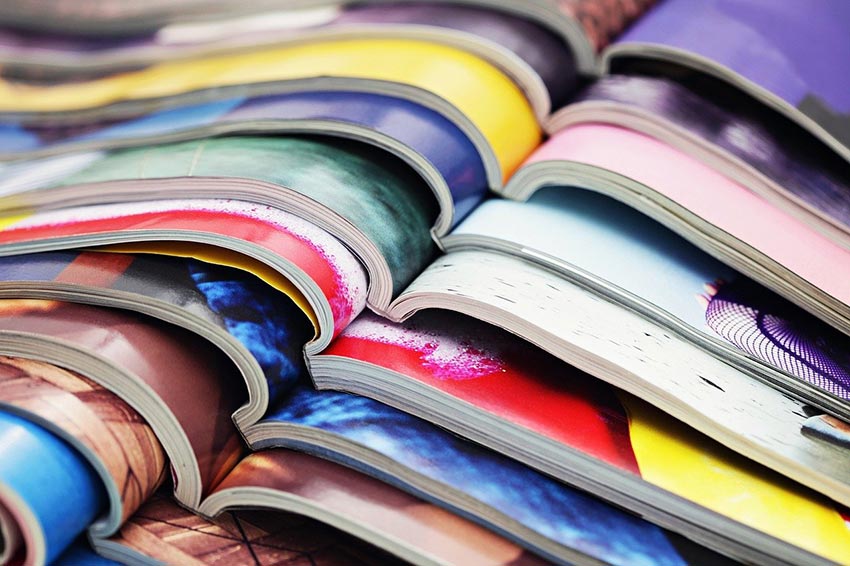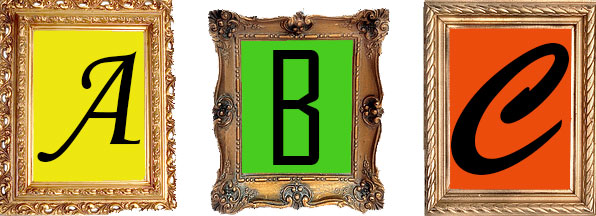File Formats for Translation: How to Send Us the Right One

Do you need a translation of your product brochure? We would be happy to do that for you. Before you attach your brochure as a PDF, let us first introduce you to the most suitable formats that can be easily edited. Because it is very possible that your PDF will be locked for editing by third parties, because it has been created as a read-only file.
In this article, we explain to you which file formats are best suited for translation work and what is important to keep in mind. That way we can process your texts as fast as possible.
- In what follows, we will explain which file formats are best suited for translation work and what is important to consider.
- Open, i.e., editable, file formats are ideal, because they allow us to edit your source text in them directly.
- They also work well with CAT tools (CAT = Computer Assisted Translation). CAT tools are programs in which source texts and their associated translations can be saved, where they can be used again to complete follow-up orders to ensure consistency.
- It is a best practice to send us the text to be translated in its original format. If graphics containing text to be translated are included, it is best to send us the graphics in their original format. In the case of brochures or flyers, you are welcome to send us the PDF files for viewing. The closed, non-editable PDF format is useful for this.
Editable formats: open and overwritable
When we ask you about open or editable file formats, we mean file types whose contents can be directly overwritten. You can find a list of these formats below.
Translating in an editable format offers you many advantages:
- Faster delivery of your order because the source file can be handled more easily.
- Lower costs, because less preparation and follow-up work is required.
- If you do not have to manually transfer our translations into the target format, you also save time and money on additional processing and at the same time reduce potential sources of error.
- These formats can be easily used with CAT tools.

The editable file formats at a glance:
- .docx (.doc, .docm, dotx, .dotm), .pptx, .vsd (.vdx), and .xlsx from the Microsoft product family
- .rtf for Rich Text Format
- .odt for OpenOffice and .odf for LibreOffice
- .csv (Comma-Separated Value)
- .xliff and .xlf
- .xml and .html, which websites are based on. .xml can be expanded individually. This is what makes the format so practical and attractive for many different types of application. Working with .xml can also have disadvantages, though. That is why we are planning to write a separate article about this format.
- .indd and .idml for Adobe applications
- .ai for Adobe Illustrator
- .psd for Adobe Photoshop
- .fm and .mif for Adobe FrameMaker
- .cdr for Corel Draw
- .qxp and .qxd, a layout format for the QuarkXPress program
- .txt: The classic, pure text file without any formatting.
Certain formats are more practical than others:
- .docx for Microsoft Word, .pptx for Microsoft PowerPoint, and .xlsx for Microsoft Excel
- .indd and .idml for InDesign, .ai for Illustrator
- .xml
There is text in PowerPoint files that is often forgotten: The notes for the speaker and images containing text on the slides. Let us know if you would like the speaker notes to be translated. Please also let us know whether text from non-editable images and integrated diagrams should be translated. Another typical question is whether you would also like hidden slides be translated.
Websites are often programmed using .html and .xml files. This is already ideal for editing, since CAT tools can process these formats. If you provide us with the texts in one of these formats, there is no tedious preparation work. You save time and money, because the websites do not have to be individually compiled again.
Simply send us the .xml or .html files together with the link to the website or the design prototype that is used by your web programmer, because we can use these to preview the target layout right away and also understand the thematic relationships between the texts and other page elements. When you are working just inside the .xml file, there are relationships that you cannot always clearly see.
.xliff, the most frequent file format for CAT tools
This format is tailor-made for translation and localization and is based on the versatile .xml format. The letters stand for XML Localization Interchange File Format.
As soon as a CAT tool is used, it is highly likely that the texts to be translated can be saved in an .xliff.
There are also a variety of file formats that are used by CAT tools. .xliff is simply the one that is most widely supported.
The advantages of CAT tools
A great advantage of CAT tools is the translation memory, in which every translation is saved sentence by sentence. If a sentence occurs several times in your documents, it only has to be translated once, after which the translation is auto-propagated.
This library is stored so that it can continue to be used for all future translations and revisions, which can significantly speed up the processing of follow-up projects – unless your files have been changed in the meantime. Then there is the effort needed to make adjustments. The segments in the translation memory remain available to be used as a template so that you can keep the translation consistent.
If you use your own CAT tools, the best practice for follow-up projects is to always send us the latest version of your translation memory.
Desktop Publishing (DTP for short)

Desktop publishing means the layout of brochures, flyers, and other publications with a precisely defined form of presentation. We can best handle DTP if you share the source files with us, including links (to linked images and graphics) as well as fonts.
No need to fret: thanks to the archiving and nondisclosure agreements that we host in-house, your data is safe with us.
If there is text in an image file, it is best if we can work directly in the original format that produced the image. We will tell you more about this in the next section.
The most common formats for DTP are
- .docx and .pptx for Word and PowerPoint
- .indd and .idml for InDesign
- .ai for Illustrator
- .fm and .mif for FrameMaker
.Indd for Adobe InDesign is very easy to use. If we import texts into the CAT tool for translation, we use the .idml exchange format that is provided for this. The best thing you can do is to share the finished PDF with us in the source language. That way, we can immediately see what the final layout should look like regardless of our installed fonts.
We'll come back to .pdf files in the last section, because formats that are more suitable for translation work often leave the .pdf file format in the dust.

If we translate printed materials into several languages at mt-g, we can also take care of the professional post-processing of the layout. When doing this, we ensure that the layout and format remain consistent.
When we say uniform here, we do not mean the same. French, for example, uses both longer and more words than English. It is because of factors like these why the pages fill up differently from language to language. There are also different punctuation conventions that must be observed not just in French, but also in Thai, Hebrew, and Arabic, for example.
In cooperation with layout designers and our translators, we ensure that every text and image element is in the right place, line breaks occur in the right places, words are correctly hyphenated, and all special characters are properly displayed – be it in the standard EU languages or in Arabic, Chinese, Hindi, and other languages.
If you would like to edit the layout yourself, we can return the translations in your .idml template or a related format without any layout adjustments.
Text in images

It is not possible to directly write text to such formats as .jpg, .bmp, or .png, since the text cannot be edited. These formats are mostly used in conjunction with text boxes or captions, such as, for example, in Microsoft Word. The editable source files are usually
- .ai for Adobe Illustrator
- .psd for Adobe Photoshop
- .cdr for CorelDraw.

Handling .pdf files in practice
The .pdf format from Adobe has established itself as the standard for viewing typeset documents, especially in publishing. Because it is so common to send texts as .pdf files, we still do work with them on a daily basis. However, this format is only partially suitable as a working format for translations.
The .pdf format has a specific purpose: to display documents without distortion on any operating system, regardless of the programs in which they are created. The uniform .pdf format ensures this by retaining the formatting of the original.
We can convert .pdf files into a format that is more suitable for translation, for example, into .docx for Microsoft Word, but first there are a few points to consider.
A quickly generated machine export can hardly ever be used without first being manually reworked. Care and thorough checks are required to ensure that no passages of text have been forgotten or incorrectly converted. mt-g designs the structure in such a way that it can be translated as easily as possible and then processed further.
Depending on the quality of the source material, the conversion can be very time-consuming and costly. If you are unable to provide the source format, we will carefully check whether converting the .pdf document makes sense and is economical for your project. This has a lot to do with the use of the aforementioned CAT tools, which we will describe in more detail in a future article.
We are constantly asked whether we can add the translation as notes or comments to the source .pdf and then to deliver this file. This is easy to do for shorter text passages, for example, in order to supplement individual sentences in a brochure. However, we advise against this procedure for more extensive texts, as it is not only cumbersome and time-consuming for the translator, but it is also not backed up by quality assurance tools, such as a clear grammar and spell checker. Furthermore, this will also make it impossible to store the translations in your translation memory.
Transferring the translation to the final layout by copying it from notes and comments is also more error-prone and unwieldy than from applications such as Microsoft Word. Last but not least, this method prevents us from taking proper advantage of CAT systems.
There are definitely cases in which converting a .pdf file does not bring any advantages, such as scanned official letters or specialist articles, for example. We usually convert these types of texts, which have a clear and easily comprehensible structure, to Microsoft Word.
In a nutshell
Regardless of the format in which you send us your source texts or would like to receive your translations from us, together we will find an optimal solution. If you use the most common formats, then the translation process will proceed smoothly.

- .docx for Word
- .pptx for PowerPoint
- .indd and .idml for InDesign
For desktop publishing, we have found that it is useful to view the finished layout of the original. You are welcome to send this along with your translatable files.
Do you need a translation of a file format that we haven't listed here? Write it in the comments, and we will get back to you.

